Research on Antiques & Collectibles

Research on Antiques & Collectibles |
|
|||
|
|
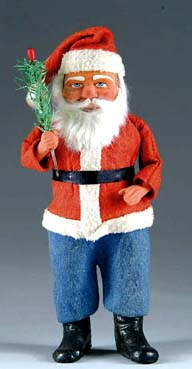 AN OLD-FASHIONED CHRISTMAS IN AN OLD-FASHIONED HOUSE: Each year the Octagon House, a mansion in Washington, D.C., is turned out as it might have been in 1801 Tucked into the fanlight above the front door, a pineapple wreathed by shiny red apples welcomes visitors to the oddly shaped brick house. Inside, gaily wrapped gifts and toys are piled on a settee, garlands of magnolia leaves and pine needles festoon the mantels, and brimming bowlfuls of fruit are everywhere. It's Christmas at the Octagon - one of the oldest buildings in the nation's capital - where the holiday is celebrated much as it was when the new mansion was first occupied in 1801. This vision of Christmas past is.... Read Full Story
|
|
||||||||
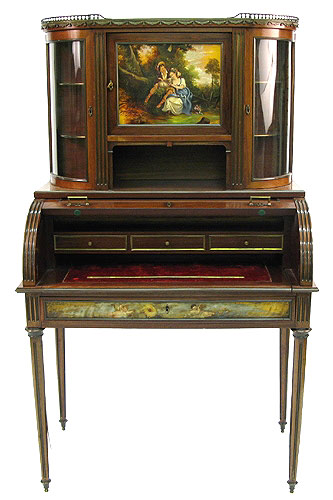
THE FORGOTTEN ARTS & CRAFTS OF COLONIAL LOUISIANA
Least remembered of all the major contributions to the United States national culture, least collected and least studied, are the products of the French and Creole artists and craftsmen of colonial Louisiana. When Louisiana was transferred to the United States, the French had occupied the Mississippi Valley for more than a century. New Orleans, the capital of the Colony, had been established in 1718 and had a population of about 8,000. St. Louis, dating from 1764, the fur trade entry port of the West, was the administrative center of... Read Full Story
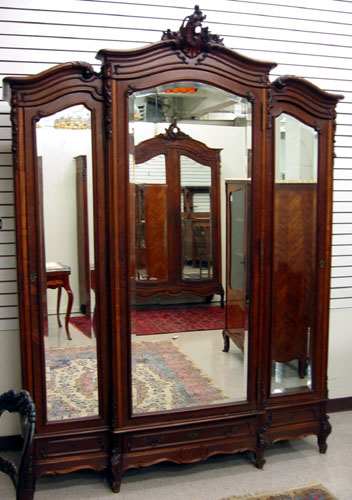
ANTIQUE FRENCH FURNITURE STYLES
In the last quarter of the seventeenth century, as one historian writes, France dominated Europe, not only by the success of her arms but by her achievements in art and taste. Paris was the capital of fashion, dictating even to the court of Charles II across the Channel. The magnificence of the Sun King, Louis XIV, found its perfect expression in the Chateau of Versailles, where the royal residence was established in 1682. To furnish the vistaed galleries and great symmetrical salons of this palace, artists and artisans were.... Read Full Story
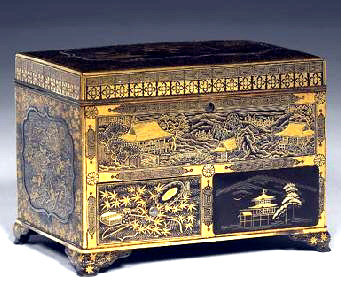
19thC JAPANESE EXPORT FURNITURE
Japan emerged from behind a "bamboo curtain" from the middle of the sixteenth century until the early seventeenth; then she retreated again because of the active rivalry between two missionary groups. Only the Dutch and English were allowed to continue their trade with Japan, and very shortly the English dropped out. The Dutch East India Company was permitted to maintain a trading post on the artificial island of Deshima in Nagasaki harbor, and it had the privilege of sending.... Read Full Story
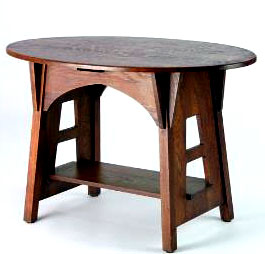
EARLY SPANISH & MEXICAN INFLUENCES ON CALIFORNIA: A Historical Perspective
In 1521 the supremely audacious conqueror, Fernando Cortes, described by one of his contemporaries as a man "of little belly and somewhat bow-legged," occupied Mexico City and destroyed the empire of the Aztecs. Eleven years later, Fortun Jimenez, adventurer, mutineer, and cosmographer, sailed westward from the mainland and discovered a barren peninsula which rumor soon endowed with gold, pearls, mermaids, and precious stones. In the course... Read Full Story
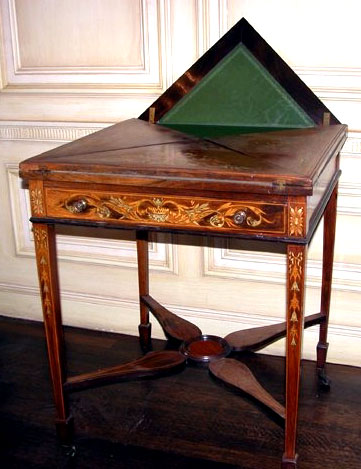
ANTIQUE AMERICAN GAMING TABLES
Card Paying like dicing, ninepins, and "tobacco-talcing," was banned in our earliest Colonies, not because it was thought sinful but because a community struggling for the very necessities of life could not afford this "great mispense of time." By the middle of the eighteenth century, however, social life in New York, Philadelphia, or Newport, or among the wealthy planters of the South, was not very different from what it was in many European cities and card playing enjoyed just as much favor. On the eve of the Revolution one... Read Full Story
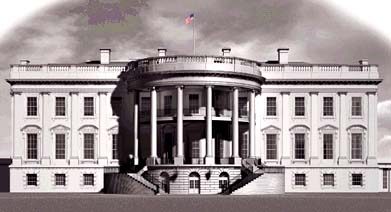
THE ORIGINAL FURNISHINGS OF THE WHITE HOUSE
Thomas Jefferson was the first President of the United States actually to live in the White House. The Adamses, to be sure, had moved in a few months before the close of their administration, and Mrs. Adams had written her famous description of what a President's mansion should not be; but Jefferson, who spent the eight years of his Presidency there, may really be said to have been its first occupant. It was he who selected its elaborate and forgotten... Read Full Story
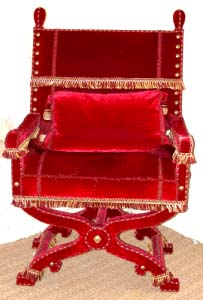
ANTIQUE UPHOLSTERED WINDSOR CHAIRS
We are continually reminded of the danger of broad generalizations regarding American antiques. About the time we have definitely made up our minds, after years of observation, that furniture of a particular form or style never existed in colonial America, we are confronted by an example of the very type in question. In this instance, the subject was the Windsor chair. Discussion had arisen as to whether Windsor chairs were ever upholstered in the eighteenth century, and we felt that they were not. There were many points... Read Full Story
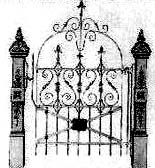
PHILADELPHIA'S ORNAMENTAL CAST IRON
Architectural accessories of ornamental cast iron came as a boon to the builder of the mid-nineteenth-century. Victorian home owners, in revolt against the classic severity of the Federal period, were eager for elaboration of their premises, and the recent introduction of ornamental cast iron provided an inexpensive means of achieving an elaborate effect. The city residence could now be fitted with an elegant floriated balcony, or with one of Gothic tracery... Read Full Story